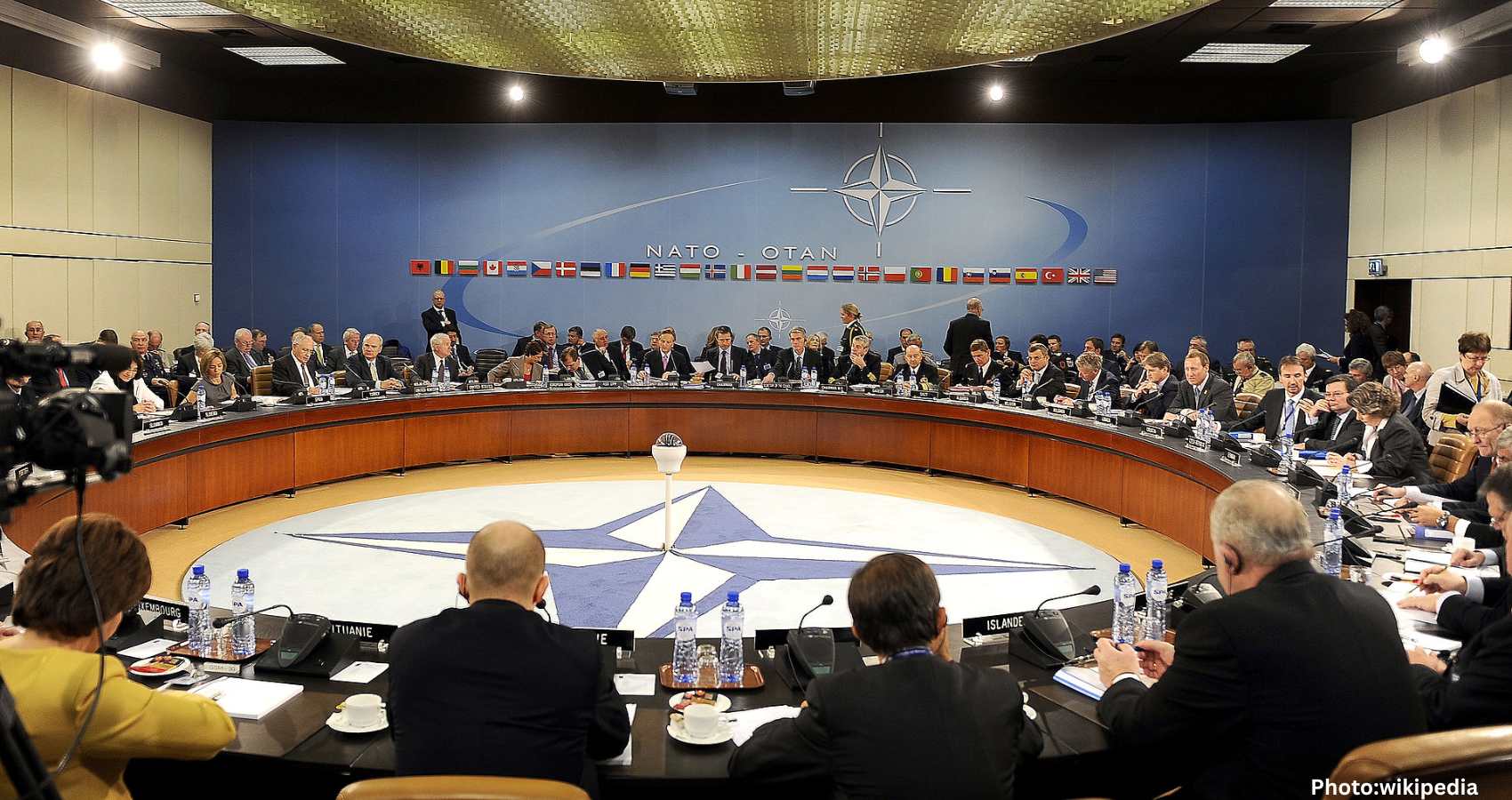The first high-speed train powered entirely by solar energy is set to debut in California in 2026, marking a historic milestone in the evolution of sustainable public transportation.
As the world shifts toward renewable energy sources, California is poised to launch the first solar-powered high-speed train in the United States. Scheduled to commence operations in 2026, this project could revolutionize public transit by utilizing solar energy, a abundantly sourced renewable fuel that has been integral to energy solutions since 1954.
Solar panels, initially developed in 1954, have become a practical technology for converting sunlight into electricity, promoting a transition from oil-based power to cleaner energy solutions worldwide. While petroleum remains vital in regions such as the Middle East, solar technologies are gaining momentum as a viable alternative for powering infrastructure.
The proposed solar train in California is expected to be the world’s first high-speed train running exclusively on solar power, covering a distance of 1,287 kilometers across the United States. This ambitious project, initiated in 2008, has faced numerous delays and financial challenges, with its initial $33 billion budget soaring to an estimated $128 billion. Nevertheless, officials have confirmed that the train will operate solely on solar energy upon completion.
California plans to generate the necessary 44 megawatts of energy through a vast network of solar panels spanning 552 acres—about the size of 417 football fields. The train will also be equipped with onboard batteries capable of storing 62 megawatt-hours of power, ensuring functionality even during periods of limited sunlight. Designed to reach speeds of up to 354 kilometers per hour, the train’s energy system will also support operational stability in the event of supply disruptions.
The construction of the solar train is divided into ten phases, with the first phase covering 836 kilometers within California, linking major cities such as San Diego, Los Angeles, and San Francisco. Future expansions aim to connect additional U.S. cities and possibly Vancouver, Canada.
Since its inception in 2008, the project has not been without controversy. Some critics have questioned the decision to route the train through California’s Central Valley, but officials maintain that the strategy aims to stimulate economic growth in the region. The rising costs have largely stemmed from environmental compliance and land acquisition, as much of the track traverses private land, necessitating costly negotiations that have already amounted to $1.3 billion.
California’s goal is for the project to be fully operational by 2030, with the solar power system expected to be ready by 2026. This pioneering venture, if successful, has the potential to set a global precedent for sustainable rail travel, potentially superseding ideas like Elon Musk’s Hyperloop, which has struggled with financing. Backed by state resources, the solar train project might secure the needed funding more readily.
The global impact of this initiative is yet to be determined, but anticipation is high as observers await its influence on future transportation technologies and the adoption of renewable energy in public transit systems.
Source: Original article



